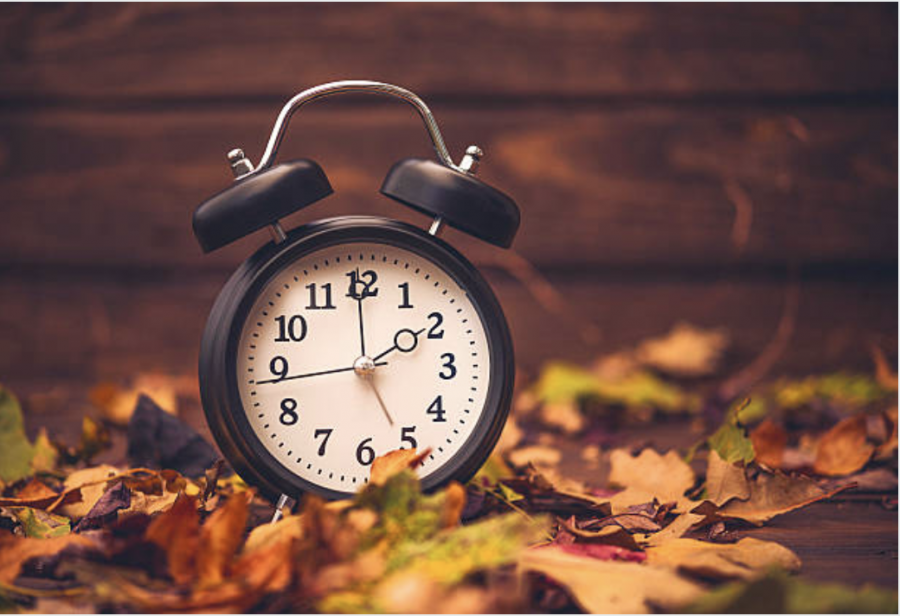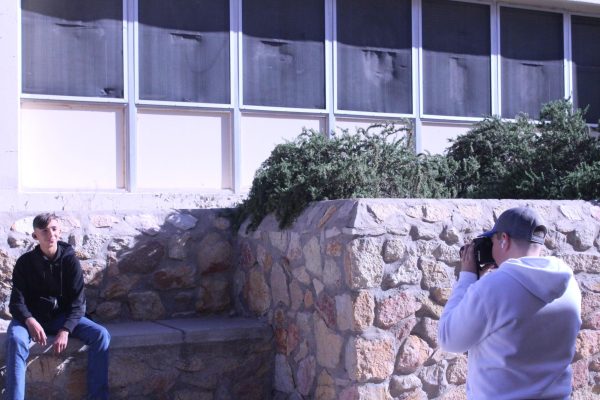The history and effects of daylight savings time
Photo courtesy / istockphoto.com
At 2:00 AM on Nov. 3, the United States marked “fall back,” or the end of daylight savings time.
On Sunday, Nov. 3, nearly everyone in the United States woke up feeling more refreshed as daylight savings time came to a close. Now, many stare at the darkness that suddenly accompanies 5:30 PM and wonder why the time is even changed in the first place. The century-old tradition of “saving time” is acknowledged around the world – affecting international relations, creating nested time zones, and even influencing health.
The practice was created during World War I to decrease energy use, and then implemented year-round beginning in 1942. The idea behind the time change was waking up in the dark would decrease fuel use for lighting and heating, thus conserving energy supplies to help the war effort.
In a 2012 survey of 1,000 American adults found that 40% considered it worthless. Furthermore, 152,560 people have petitioned Congress to the practice of daylight savings time.
“I think it’s really strange,” senior Enoc Paico said. “I don’t know if it’s just me, but since the time change, my body and mind have felt extremely tired.”
Similar to the way jet lag affects the human body, the end of daylight savings time is comparable to traveling one time zone over. This can disrupt sleep, metabolism, mood, stress levels, and other bodily rhythms. One study says that the recovery of the time shift can take up to three weeks. In fact, researchers have observed a spike in heart attacks, increased numbers of work injuries, more car accidents, and higher suicide rates.
“Even though the clock reads 6:00 PM my body says it’s time for bed,” freshman Noah Yañez said. “I can’t seem to get used to the time change yet.”
Supporters of daylight savings time explain that it is necessary to offer more sunlight during the summer and thus increasing productivity. The majority of the United States and around 69 other countries still observe the time change.
Daylight savings time will return on Sunday, March 8, bringing longer days and an end to the early evenings.

Layla Boyer is a senior and has been in newspaper for four years. Her favorite part of newspaper is being able to interact and get to know so many different...











